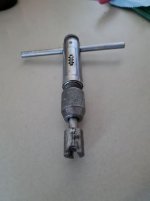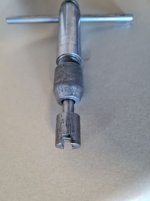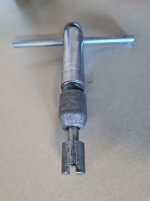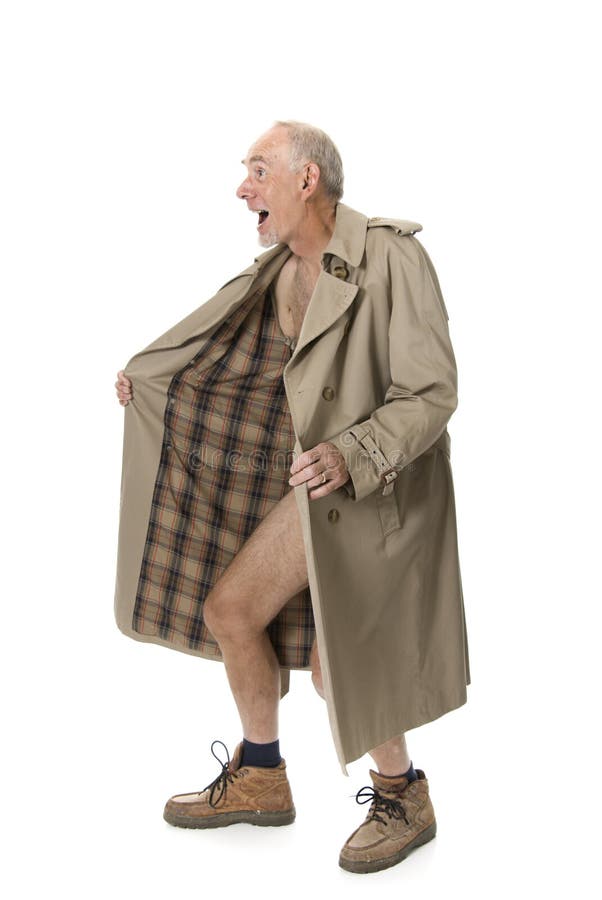I don't think you will be disappointed. I remember Ken adjusting torsion bars on an old Valiant (AP6?) many years ago because most others the owner had asked wouldn't touch it. I expect he has seen most things that can happen with car suspension, and the cars he works on are usually very competitive.Called Alan's recommendation in Woodridge http://www.accuratesuspension.com.au/ & booked in Thursday week....JG.
Ken and Pauline still both compete ( Datsun 1600 SSS with N/A KA24 Bluebird motor he built himself. 250Hp @ wheels) and both are still at the pointy end at Hillclimb and Motorkhana events.





